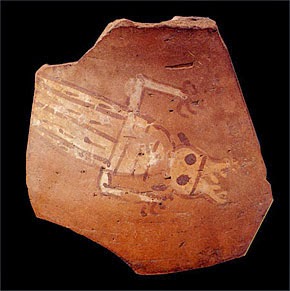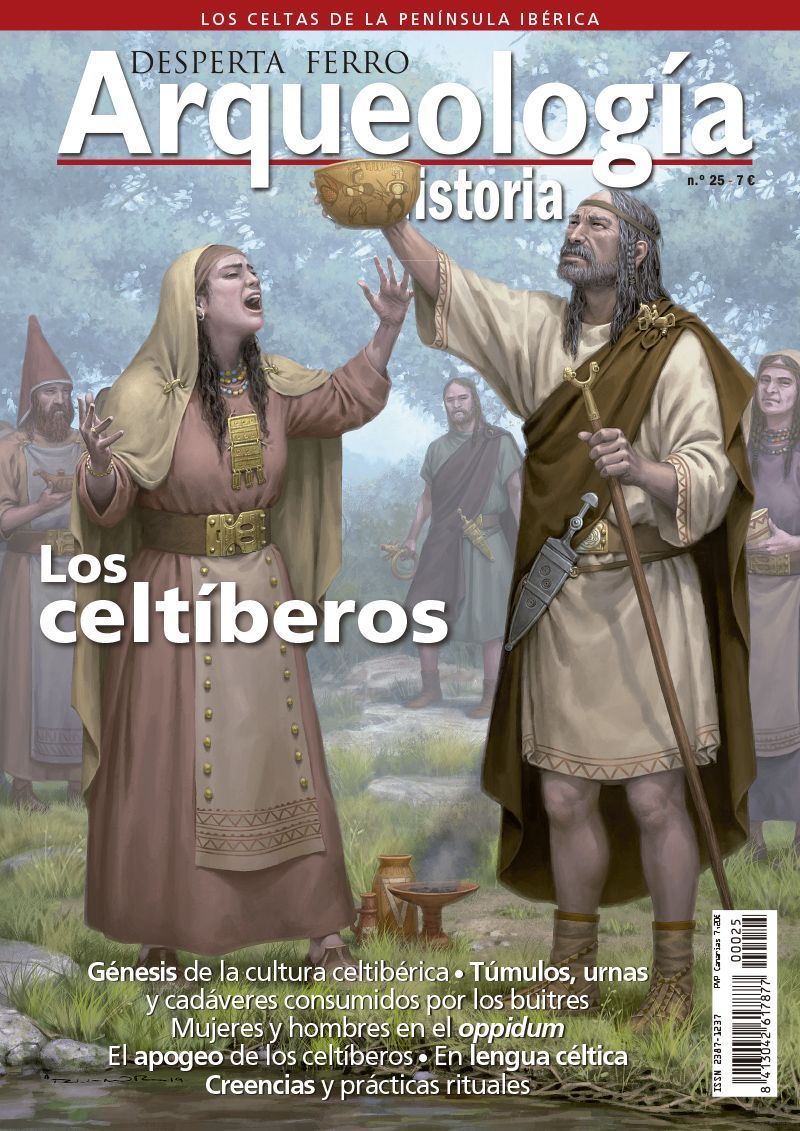Carlos
Banned
- Messages
- 2,647
- Reaction score
- 700
- Points
- 0
- Y-DNA haplogroup
- E-V22/YF66572
- mtDNA haplogroup
- J1c5c1
In 2014, on the outskirts of the French city of Troyes, a group of archaeologists discovered the impressive tomb of the "Prince of Lavau": Who was this dignitary to deserve such a great burial?
https://www.arte.tv/es/videos/06631...j2THytPU-qz4TrHo6bGUkFsMaSbiYqRGCm7a9xGgaXN4A
(Video in French with subtitles in Spanish)
https://www.arte.tv/es/videos/06631...j2THytPU-qz4TrHo6bGUkFsMaSbiYqRGCm7a9xGgaXN4A
(Video in French with subtitles in Spanish)





